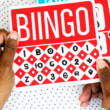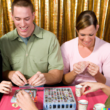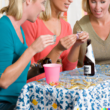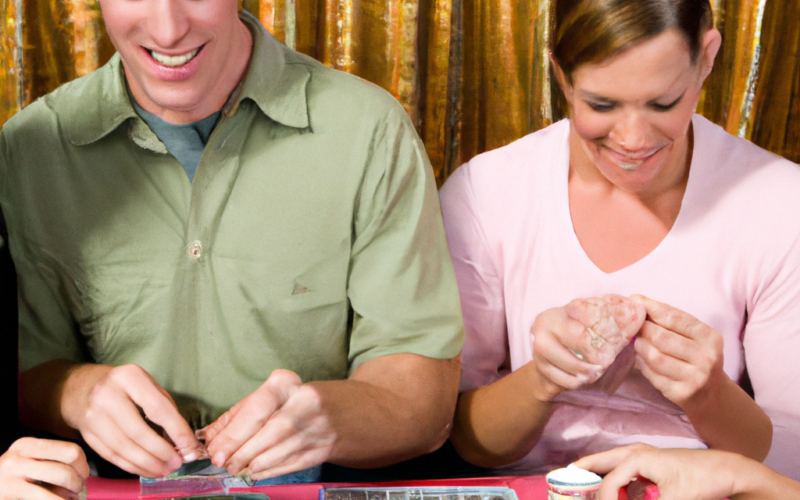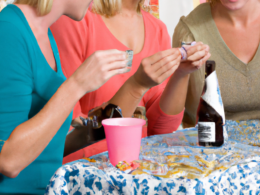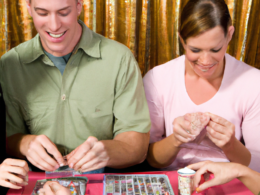Bingo is a popular game in Germany, and it is also known by a few different names. In German, it is called Karten spielen, which means “playing cards.
” In Austria and Switzerland, it is also called Schafkopf, which means “sheep’s head.” In France and Belgium, it is called loterie, and in Italy it is called bingo.
In Germany, bingo is mainly played at social gatherings such as weddings or bar mitzvahs. The game typically involves participants drawing numbers from a bowl or deck of cards to form a grid.
Once all of the numbers have been drawn, players try to match them up on the grid by marking off corresponding squares with their fingers. If a player manages to mark off all of the squares in a row or column, they earn points and can continue playing until they run out of points or someone beats them to the finish line.
Aside from its traditional social context, bingo has also been used as a tool for teaching children about numbers and basic math skills. For example, parents can use bingo as an opportunity to teach their children how to count by 1, 2, 3, and so on.
Additionally, bingo can be used as a way to reinforce basic reading skills by having participants try to identify words that are hidden within the grid patterns.
Overall, bingo is a fun and easy way for Germans of all ages to engage in some fun competition while learning new skills at the same time.

